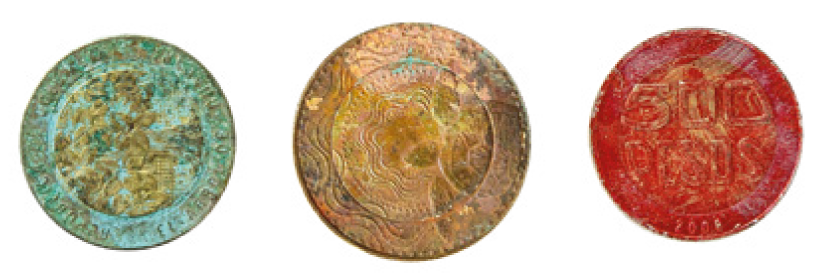Guide for Detecting Damaged Banknotes and Coins
This guide summarizes the criteria that should help financial institutions, securities transportation companies, and users to identify the type of banknotes and coins that are unfit for circulation and should therefore be delivered to Banco de la República (the Central Bank of Colombia) to be exchanged for banknotes and coins in good condition.
1. Banknotes
1.1. Soiling
A banknote is considered soiled when the entire surface of the banknote is dirty, making it difficult to check its security features. Its main consequence is an increase in the optical density of the banknotes, making soiled banknotes darker than clean ones. The following are some examples of unfit banknotes for this reason. A banknote with the same or a higher degree of soiling is considered damaged and should not be circulated:
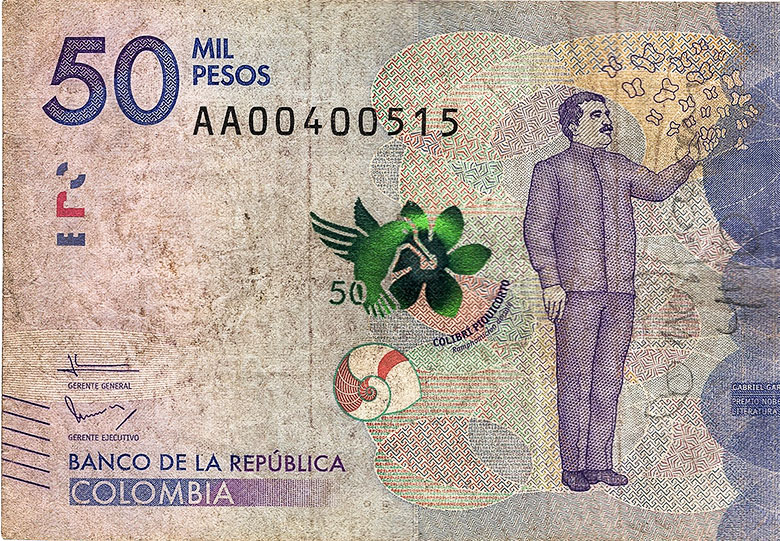

1.2. Stains
Stains are localized concentrations of grease, oil, paint, ink, or any other substance. Some examples of banknotes that are considered unfit for this reason are shown below:
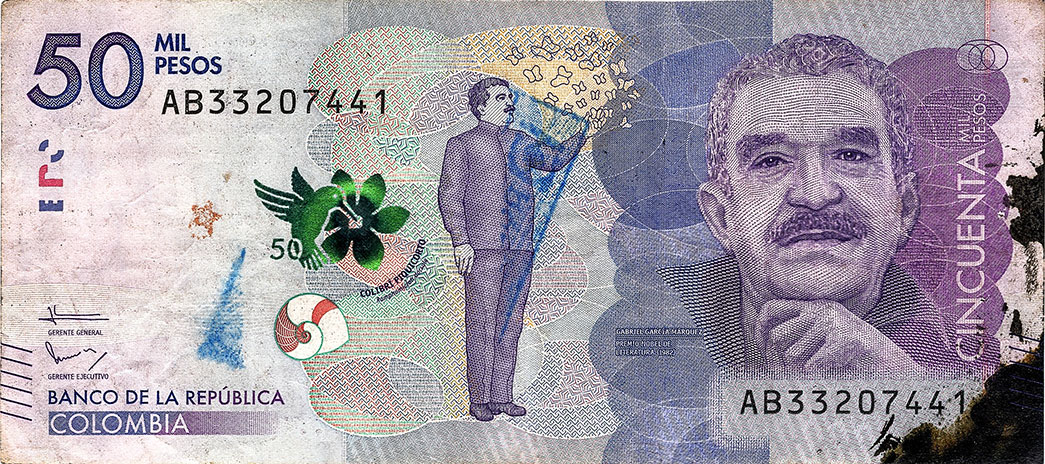
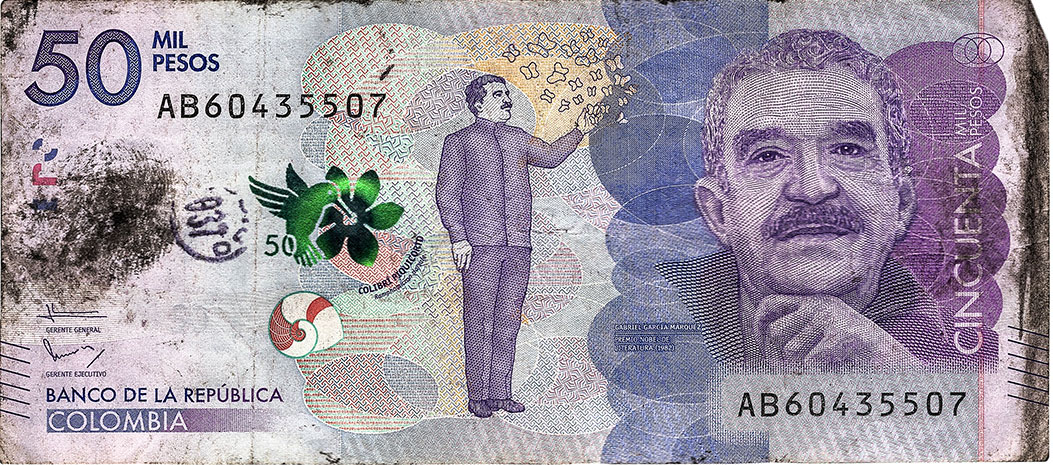
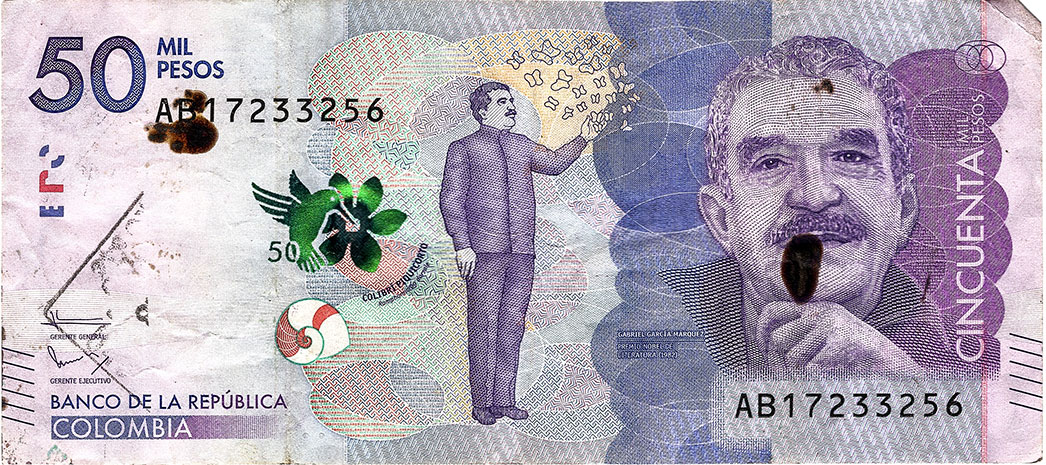
1.3. Writing and drawings (graffiti)
These correspond to the banknote’s deterioration due to the writing of figures, letters, or drawings on the banknote's surface. Some examples are shown below:
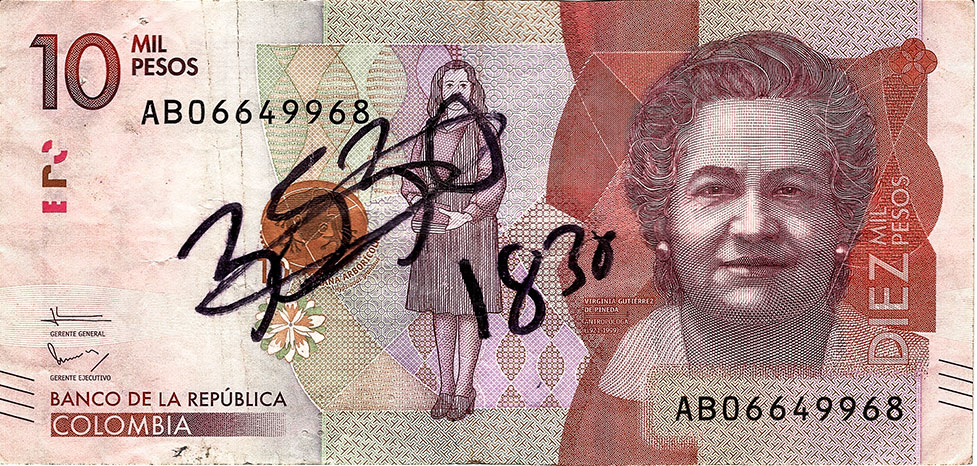
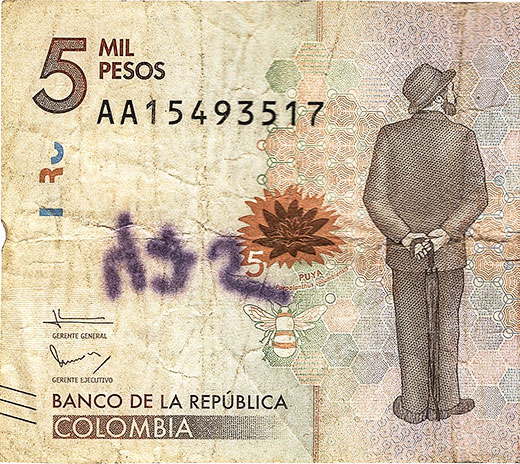


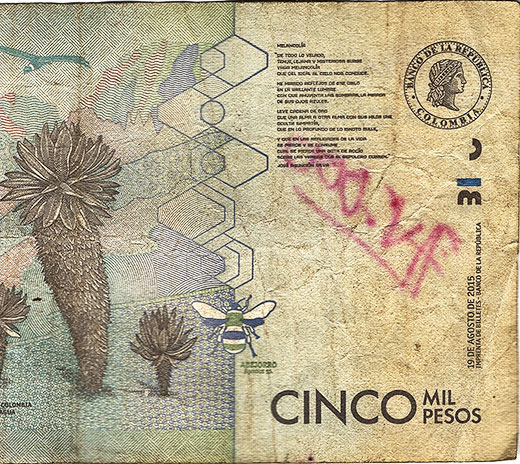
1.4. Stamps
Stamps affixed by entities or establishments cause premature deterioration of the banknotes, thus making them unfit for circulation due to their size or ink density.

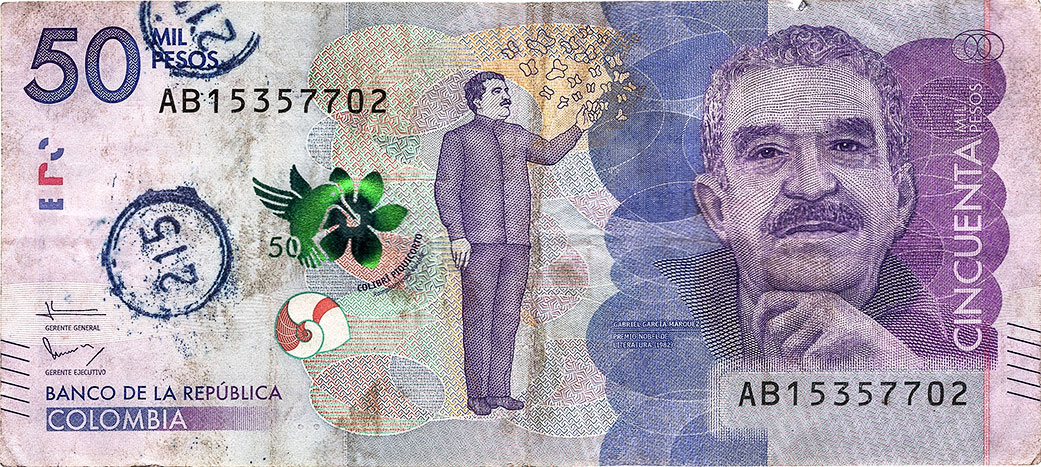
1.5. Mutilations and holes
Banknotes that show perforations caused by tears, hooks, etc., or that have suffered the removal and alteration of one of their parts or some security feature such as thread, etc. The fraction of the banknote to be evaluated may or may not include the serial number of the banknote, but in no case should it be less than 50% of its original surface.
The following are examples of banknotes that should be considered unfit for circulation:
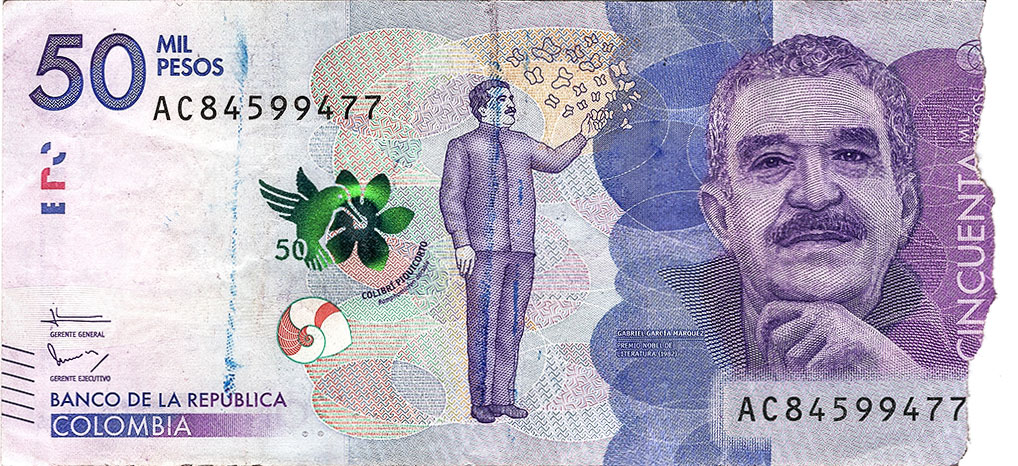
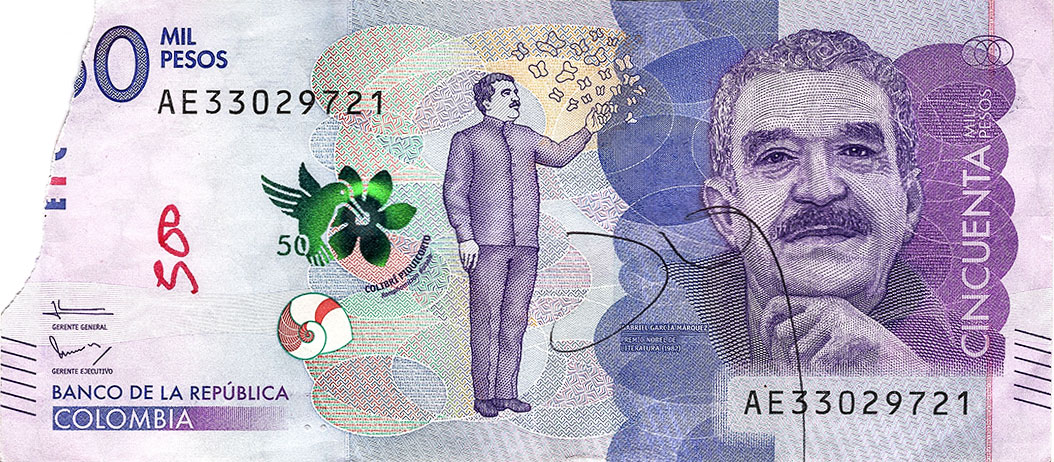
1.6. Wrapping
This classification corresponds to banknotes that have suffered a cut or tear causing total or partial detachment of some of its parts and that have been repaired with adhesive tape, using elements of the same banknote, and, therefore, do not comply with the conditions to continue in circulation. Some examples are presented below:
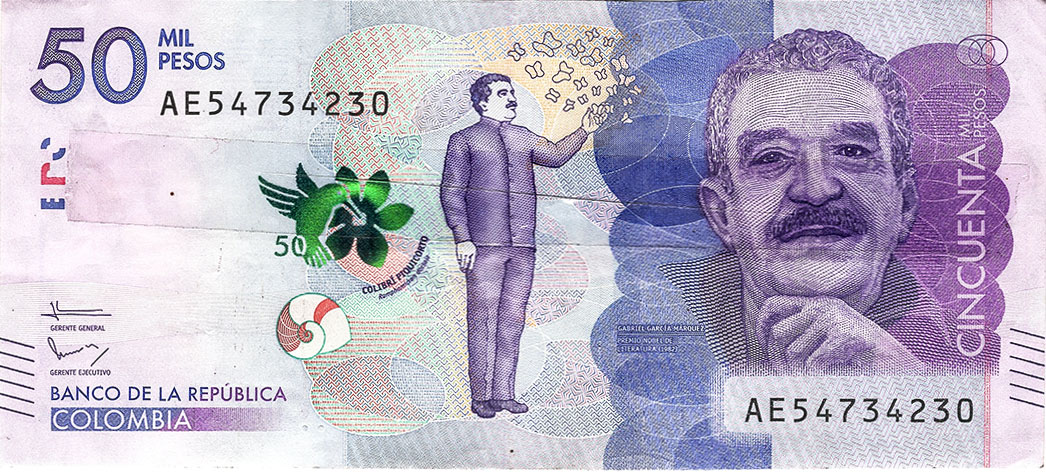

2. Coins
Deteriorated coins are those pieces that show darkening, folds, deformations, burns, perforations, rust impregnation or coating, or other elements that alter their appearance.
2.1. Darkening
When the stain is uniformly present over the entire surface, a coin is considered to be darkened, making it difficult to establish its authenticity. The following are examples of different degrees of this condition that will allow the identification of a coin deteriorated for this reason:

2.2. Bends and deformations
These are coins that show alterations in their shape or size due to a force applied by an external element.

2.3. Burns
An alteration produced by the action of fire and heat, by contact with certain chemical products, by electricity, by radiation, or by friction.

2.4. Perforations
An alteration caused by external elements that penetrate or pass through the coins.

2.5. Impregnation or coating of rust or other elements
An alteration caused by a chemical reaction or by the impregnation of elements in the coin, producing changes in its appearance, color, and texture.
